Limb-Girdle Muscular Dystrophy (LGMD) – Market Insight, Clinical trial, Product Analysis, Patent Analysis, Competitive Analysis and Market Forecast – 2024-2034
Limb-Girdle Muscular Dystrophy (LGMD) encompasses a group of rare genetic disorders characterized by progressive muscle weakness primarily affecting the shoulders, upper arms, hips, and upper legs. This comprehensive overview delves into various aspects of LGMD, including its subtypes, symptoms, inheritance patterns, and available treatments.
Understanding LGMD
Limb-girdle muscular dystrophy involves a spectrum of genetic mutations impacting the muscles surrounding the shoulder and pelvic areas, leading to chronic muscle weakness and atrophy. Symptoms typically worsen over time, affecting individuals of all ages.
Prevalence and Subtypes
While LGMD is rare, its impact is significant, with an estimated prevalence of 2 in every 100,000 individuals in the United States. The most common subtype in the U.S. is LGMD R1 calpain3-related (calpainopathy), constituting 12% to 30% of all cases.
Symptoms and Manifestations
The hallmark symptoms of LGMD include weakness and atrophy in the shoulders, upper arms, hips, and upper legs. These may manifest as difficulties with walking, climbing stairs, and performing everyday tasks such as reaching overhead or carrying objects. Some subtypes may present additional symptoms such as cardiac issues, respiratory difficulties, and joint stiffness.
Genetic Inheritance
LGMD can be inherited through autosomal dominant or autosomal recessive patterns, depending on the subtype. Autosomal dominant inheritance requires only one mutated gene from a parent, whereas autosomal recessive inheritance necessitates mutations from both parents.
While there is currently no cure for LGMD, various treatment modalities aim to manage symptoms and enhance quality of life. These include:
Ongoing research and clinical trials offer hope for advancements in LGMD treatment, with emerging therapies targeting specific genetic mutations and symptom management strategies.
In conclusion, limb-girdle muscular dystrophy poses significant challenges, but with multidisciplinary approaches and ongoing research efforts, there is optimism for improving outcomes and enhancing the lives of individuals affected by this condition.
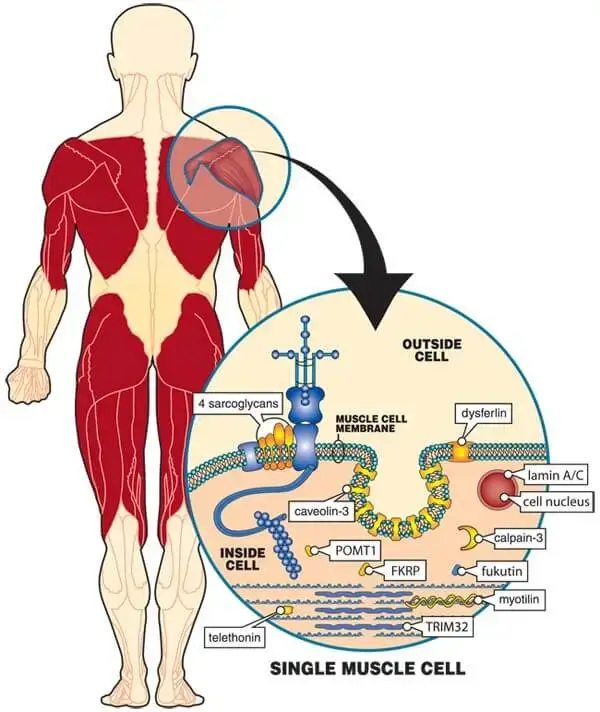
Figure 1 Credits: >>
Unveiling clinical manifestations and underlying molecular factors influencing therapeutic strategies for LGMD.
Investigating the intricate pathophysiological mechanisms of LGMD to identify potential treatment targets and interventions.
Assessing the current treatment landscape for LGMD, including conventional therapies and emerging interventions, while addressing existing limitations.
Analyzing market drivers, trends, and emerging patterns in LGMD therapeutics to inform strategic decision-making for stakeholders.
Encompassing recent advancements in LGMD research and ongoing clinical trials, elucidating their potential impact on treatment paradigms.
Projecting the trajectory of the LGMD market, identifying growth opportunities, and evaluating investment prospects for stakeholders.
Scrutinizing the impact of interventions on LGMD patient outcomes, including quality of life, access to care, and psychosocial support.
Outlining the global prevalence of LGMD, elucidating associated healthcare challenges, and proposing strategic approaches to mitigate the burden on healthcare systems.
To stay competitive in the realm of Limb-Girdle Muscular Dystrophy (LGMD) in the short to mid-long term, a deep understanding of the LGMD developmental pipeline is crucial. This involves staying updated on the evolving landscape, competitor strategies, and forthcoming advancements.
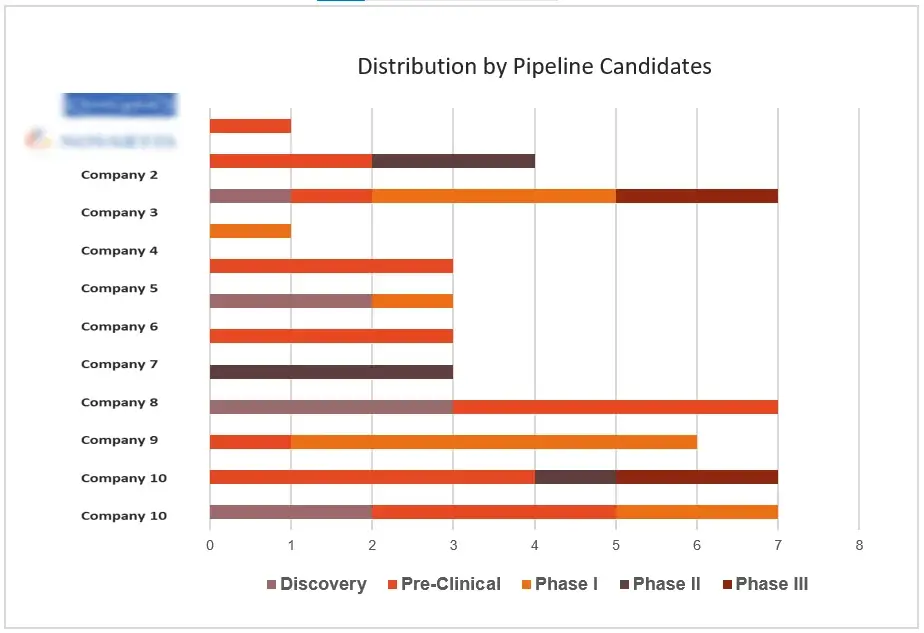
Figure 2 Ongoing Research
Profiles of essential contributors driving progress in Limb-Girdle Muscular Dystrophy (LGMD) solutions offer insights into their financial standing, product arrays, and recent breakthroughs within the domain.
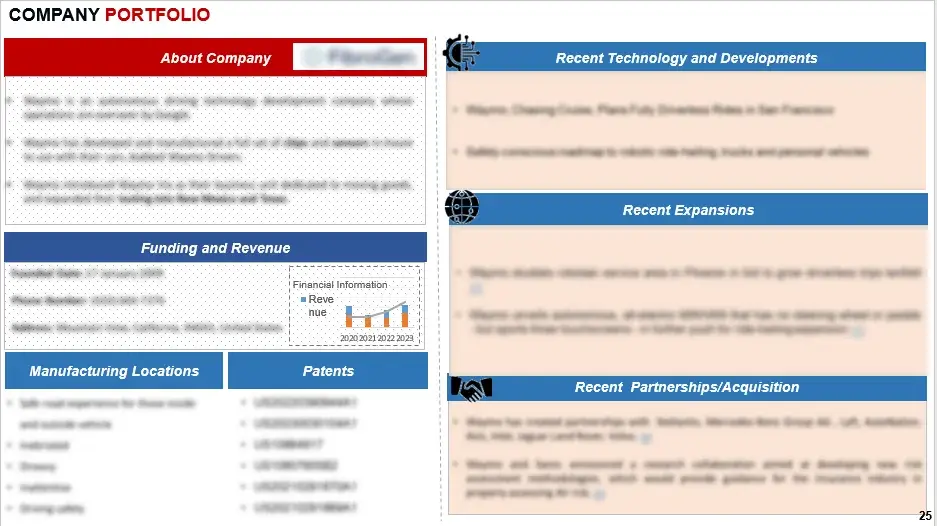
Figure 3 Company Portfolio
This report delves into patents associated with Limb-Girdle Muscular Dystrophy (LGMD), identifying pivotal innovations and highlighting opportunities for enhancements or partnerships within the domain.
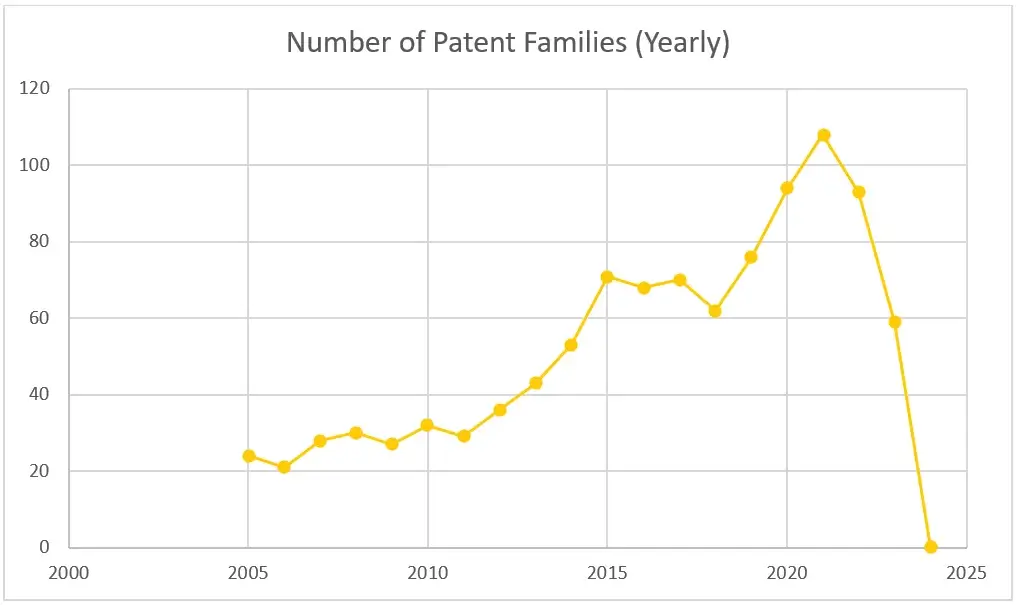
Figure 4 Annual Patent filing Trend in LGDM domain
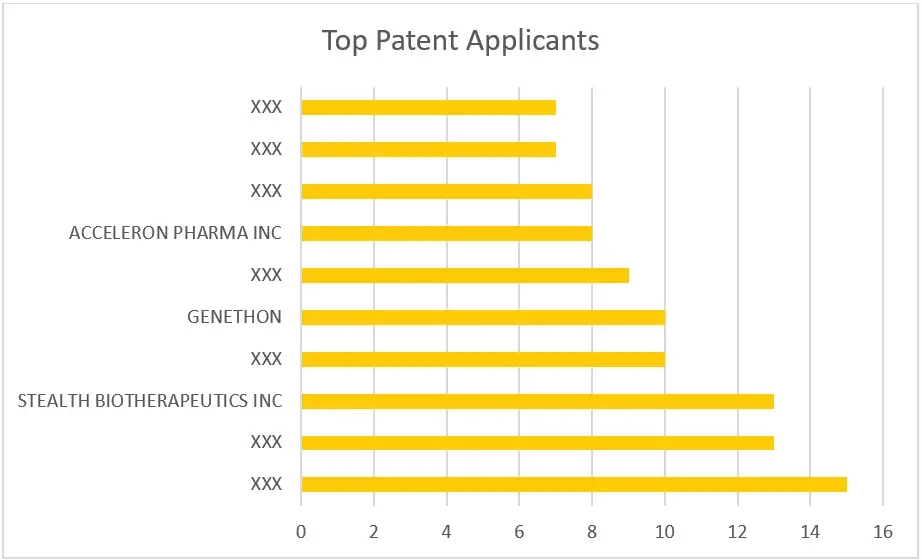
Figure 5 Top Patents Applicants in LGDM domain
This report on Limb-Girdle Muscular Dystrophy (LGMD) anticipates future developments, outlines avenues for expansion, and provides vital perspectives on market dynamics, covering dimensions such as scale, revenue projections, and growth prospects.
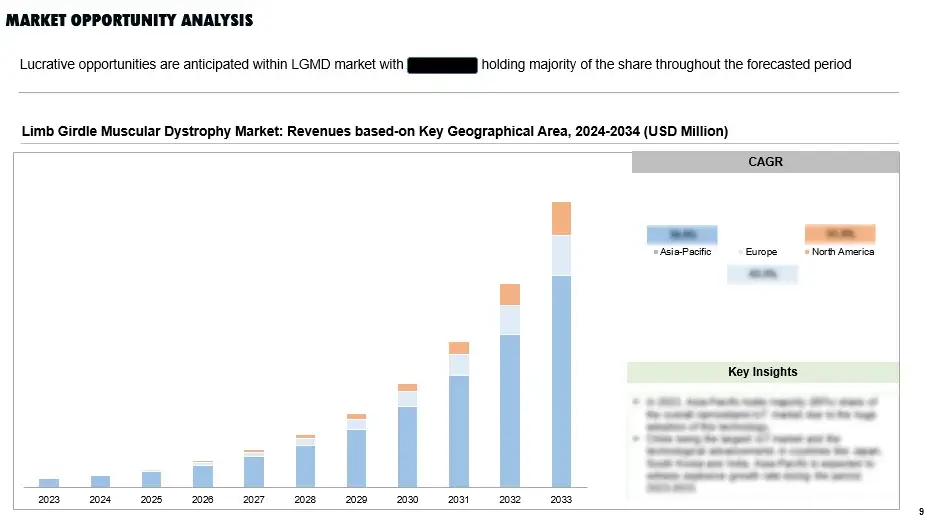
Figure 6 Forecast by Key Geographical Regions
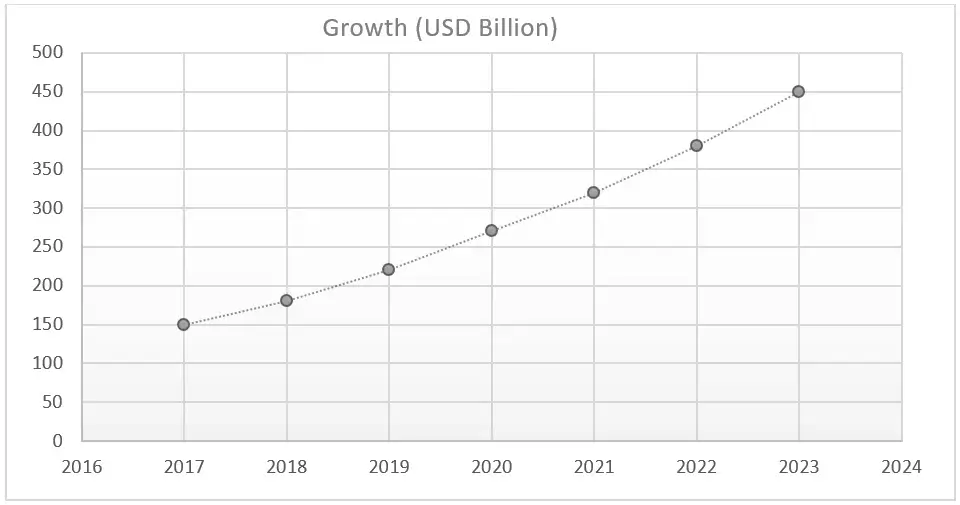
Figure 7 Yearly Market Growth, 2016-2024 (USD Billion)
(Segmented in terms of the financial growth)
This report on Limb-Girdle Muscular Dystrophy (LGMD) highlights key market participants, offering concise profiles that explore market shares, strengths, weaknesses, and strategic methodologies.

Figure 8 SWOT Analysis of Key Players
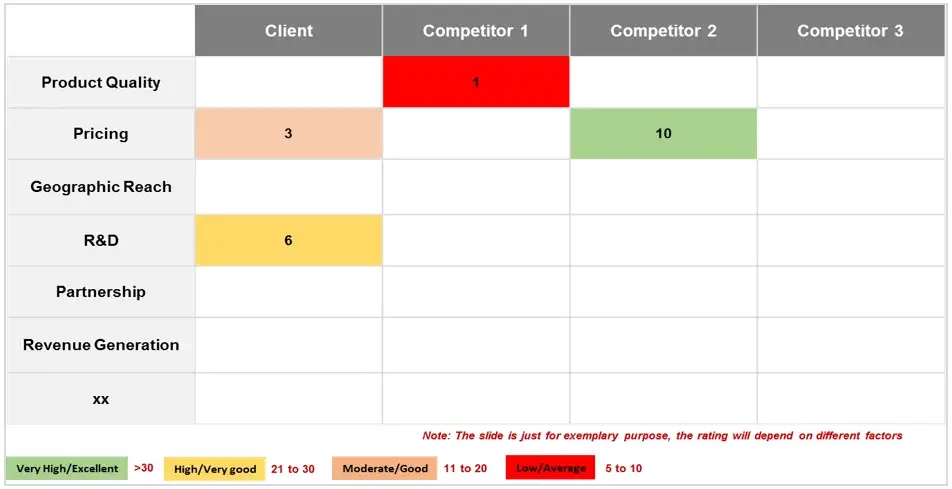
Figure 9 Competitor Scoring
In order to give the most precise estimations and forecasts, Wissen Research uses an extensive and iterative research approach that is focused on reducing deviation. The company blends top-down and bottom-up methodologies for market segmentation and quantitative estimation. In addition, data triangulation, which examines the market from three separate angles, is a recurrent topic present in all of our research studies. Important components of the approach used for all of our studies include the following:
Preliminary data mining
On a wide scale, unprocessed market data is collected. Continuous data filtering makes sure that only verified and authenticated sources are taken into account. Additionally, data is extracted from a wide range of reports in our repository and from a number of reputable premium databases. We gather information from raw material suppliers, distributors, and purchasers to help with this since understanding the entire value chain is crucial for a thorough understanding of the market.
Surveys, technical symposia, and trade magazines are used to gather information on technical concerns and trends. Technical information focusing on white space and freedom of movement is also obtained from an intellectual property standpoint. Additionally, information on the industry’s drivers, constraints, and pricing patterns is obtained. As a result, a variety of original data are included in the material that is then cross-validated and certified with published sources.
Statistical model
We use simulation models to generate our market projections and estimates. Every study receives a special model that is tailored to it. Data for market dynamics, the technology environment, application development, and pricing patterns are gathered and supplied into the model all at once for analysis. The relative relevance of these factors is investigated, and their impact on the forecast period is assessed, using correlation, regression, and time series analysis. The process of market forecasting combines technological analysis with economic strategies, practical business acumen, and subject expertise.
Econometric models are frequently used for short-term forecasting, but technology market models are typically employed for long-term forecasting. These are based on a confluence of the business environment, regulatory environment, economic projection, and technical landscape. In order to develop global estimates, it is preferable to estimate markets from the bottom up by integrating data from key regional markets. This is required to ensure accuracy and a complete comprehension of the subject. Among the variables taken into account for forecasting are:
Regulations and anticipated developments
We give these criteria weights and use weighted average analysis to assess their market influence in order to calculate the anticipated market growth rate.
Primary research | Secondary research |
· Manufacturers · Technology distributors and wholesalers · End-user surveys · Consumer surveys | · Company reports and publications · Government publications · Independent investigations · Economic and demographic data · Online searches · Research reviews · Reference customers |
1. Executive Summary and Introduction
1.1 Overview of Limb-Girdle Muscular Dystrophy (LGMD)
1.1.1 Definition and Classification of LGMD
1.1.2 Scope and Applications of LGMD Research
1.1.3 Benefits and Current State of LGMD Therapies
1.2 Key Findings
1.3 Market Insights and Highlights
1.4 Research Background
1.5 Scope and Methodology
2. Technological Landscape of LGMD
2.1 Types of LGMD
2.1.1 Classification by Genetic Mutation
2.1.2 Classification by Clinical Manifestations
2.2 Genetic Composition and Characteristics
2.3 Emerging Technologies in LGMD Research
3. Market Dynamics
3.1 Market Drivers and Challenges
3.2 Regulatory Landscape in LGMD Research
4. Patent Analysis
4.1 Top Assignees in LGMD Technology
4.2 Geography Focus of Top Assignees
4.3 Legal Status of LGMD Patents
4.4 Assignee Segmentation
4.5 Network Analysis of Top Collaborating Entities in LGMD Patent Applications
4.6 Technology Evolution in LGMD
4.7 Key Patents in LGMD
4.8 Patent Trends and Innovations
4.9 Key Players and Patent Portfolio Analysis
5. Clinical Trial Analysis
5.1 Overview of LGMD Clinical Trials
5.2 Analysis by Trial Registration Year
5.3 Analysis by Phase of Development
5.4 Analysis by Number of Patients Enrolled
5.5 Analysis by Status of Trial
5.6 Analysis by Study Design
5.7 Analysis by Intervention Type
5.8 Analysis by Geography
5.9 Analysis by Key Sponsors/Collaborators
6. Market Forecast (2024-2034)
6.1 Methodology
6.2 Assumptions
6.3 Projected Growth of LGMD Market (2024-2034)
6.3.1 Global LGMD Market (2024-2034)
6.3.1.1 By Genetic Mutation (Gene Therapy, Gene Editing etc.)
6.3.1.2 By Clinical Manifestations
6.3.2 Global Market Value Forecast in North America, Europe, and Asia Pacific (2024-2034)
6.3.2.1 By Genetic Mutation (Gene Therapy, Gene Editing etc.)
6.3.2.2 By Clinical Manifestations
7. Competitive Landscape
7.1 Benchmarking Parameters
7.2 Scoring of Different Companies
7.3 Top Company Profiles
7.3.1 Asklepios BioPharmaceutical
7.3.2 ML Bio Solutions
7.3.3 Sarepta Therapeutics
7.3.4 BridgeBio Pharma
7.3.5 Atamyo Therapeutics
7.3.6 Edgewise Therapeutics
7.3.7 Company 7
7.3.8 Company 8
7.3.9 Company 9
7.4 Product Portfolio Analysis
7.5 Recent Developments and Strategies
8. Future Outlook and Market Opportunities
8.1 Technological Advancements in LGMD Research
8.2 Unmet Needs and Potential Market Gaps
9. Conclusion
10. Appendix
10.1 Glossary of Terms
10.2 List of Abbreviations
S.no | Key Highlights of Report | |
1. | Patent Analysis | · Top Assignee · Geography focus of top Assignees · Assignee Segmentation · Technology Evolution · Key Patents · Application and Issued Trend · Key technology |
2. | Market Analysis | · Current Treatment Options · Emerging Therapies and Research Developments (by product analysis and scientific analysis) · Strategic activities · Therapeutic activity of drugs · Company portfolio · Detailed profiles of the key players that are engaged in the development of approved drugs |
3. | Clinical Trials | · Analysis of clinical trial through graphical representation · Coverage of treatments from pre-clinical phases till commercialization (also including terminated and completed studies) |
4. | Forecast | · Detailed comprehension of the historic, current and forecasted trend of market by analysis of impact of these treatments on the market |
5. | Opportunity Analysis | · Technology evolution based on problem solution · Potential licensees · Geography of suppliers · Treatment trends · Unmet needs · SWOT · Drivers and barriers |
6. | KOLs | · A detailed analysis and identification of the Key Opinion Leaders (KOLs), shortlisted based on their contributions |
LIST OF FIGURES
Figure number | Description |
Figure 1 | Terminology of Limb Girdle Muscular Dystrophy (LGDM) Over The Years |
Figure 2 | Limb Girdle Muscular Dystrophy (LGDM)– History and Present |
Figure 3 | Projection of Limb Girdle Muscular Dystrophy (LGDM) till 2034 in different geographies |
Figure 4 | Technology Categorization For Limb Girdle Muscular Dystrophy (LGDM) therapies |
Figure 5 | Recent Technology Trends in Limb Girdle Muscular Dystrophy (LGDM) therapies |
Figure 6 | Technology Evolution in Limb Girdle Muscular Dystrophy (LGDM) therapies |
Figure 7 | Geographical Distribution of Patents of Top Assignees |
Figure 8 | Assignee Segmentation (Companies) |
Figure 9 | Assignee Segmentation (Educational Establishment) |
Figure 10 | Patent Based Key Insights Of xx |
Figure 11 | Patent Based Key insights of xx |
Figure 12 | Patent Based Key insights of xx |
Figure 13 | Geographic Distribution of the Universities/Research Organizations Filling Patents On Various Technology advancements |
Figure 14 | Key Summary Regarding the Patent Filing On Limb Girdle Muscular Dystrophy (LGDM) |
Figure 15 | Product Pipeline of Different therapeutic approaches with Companies Name |
Figure 16 | Portfolio for Government Approved Hepatic medications |
Figure 17 | Key Growth Drivers for Limb Girdle Muscular Dystrophy (LGDM) Market |
Figure 18 | Restraints for Limb Girdle Muscular Dystrophy (LGDM) Market |
Figure 19 | xx Portfolio (Top Player) |
Figure 20 | xx Portfolio (Top Player) |
Figure 21 | xx Portfolio (Top Player) |
Figure 23 | xx Portfolio (Top Player) |
Figure 24 | xx Portfolio (Top Player) |
Figure 25 | xx Portfolio (Start-up) |
Figure 26 | xx Portfolio (Start-up) |
Figure 27 | xx Portfolio (Start-up) |
Figure 28 | Strategic Activities Including Collaboration, Partnerships and Acquisitions |
Figure 29 | Research Methodology for Patent, Selection and Analysis |
LIST OF GRAPHS
Graph number |
Description |
Graph 1 | Problem Solution Analysis |
Graph 2 | Top Assignees in Limb Girdle Muscular Dystrophy (LGDM) treatment therapy |
Graph 3 | Technology Focus of Top Assignees (IPC-CPC Classes) |
Graph 4 | Top Countries of Origin of Patents |
Graph 5 | New entrants in LGDM field |
Graph 7 | Legal Status |
Graph 8 | Most Cited Patents |
Graph 9 | Patents with Largest Invention Families |
Graph 10 | Most Claim-Heavy Patents |
Graph 11 | Filing Trends |
Graph 12 | Weighted Scores for Top xx Players According to Benchmarking Criteria |
Graph 13 | Limb Girdle Muscular Dystrophy (LGDM) (CAGR: 2024-2034) |
Graph 14 | Limb Girdle Muscular Dystrophy (LGDM) Market Share: Distribution by Key Geographical Area, 2024-2034 |
LIST OF TABLES
Table number | Description |
Table 1 | Parameters included and excluded for conducting the analysis |
Table 2 | Technology Classes with Definitions |
Table 3 | Patent Litigation |
Table 4 | Highest Market Valued Patents |
Table 5 | SWOT Analysis of Top 3 Players |
Table 6 | Parameters and their score for Benchmarking |
Table 7 | Weighted scores for top 5 players according to benchmarking criteria |
Top of Form
© Copyright 2024 – Wissen Research All Rights Reserved.